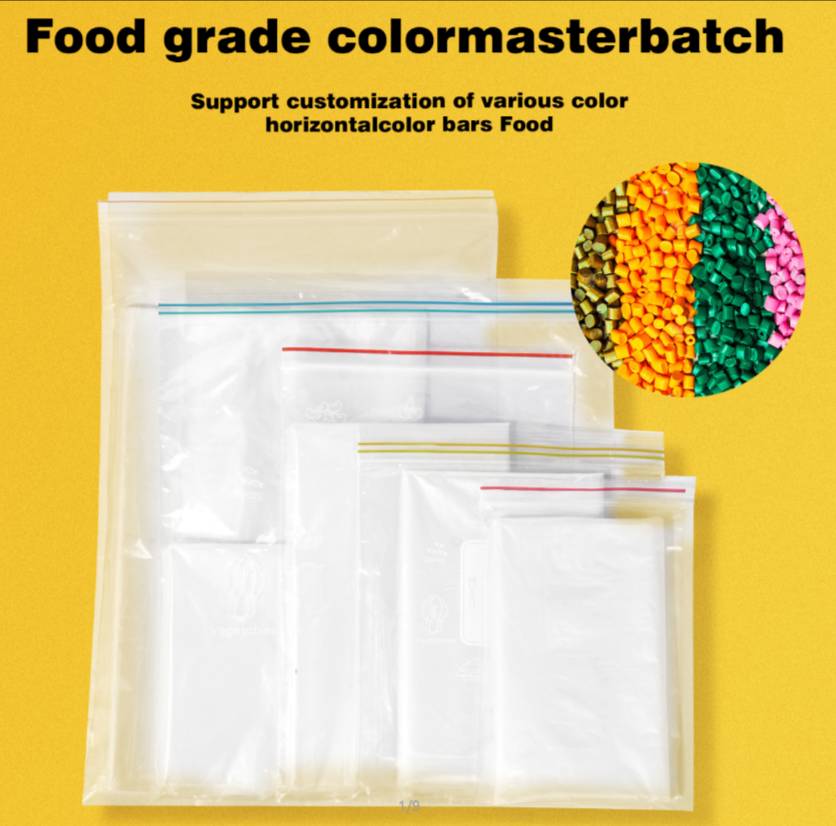Sustainable Printed Paper Solutions for Eco-Friendly Packaging Applications
Exploring the Role of Printed Paper in Packaging
In the modern age of environmental consciousness and rapid technological advancement, the packaging industry is undergoing a significant transformation. Among the various materials employed in packaging, printed paper stands out as a prominent choice. This article delves into the many advantages of printed paper for packaging, its applications, and its significance in promoting sustainability.
Printed paper packaging has been widely used across diverse industries, from food and beverage to cosmetics and electronics. One of the primary reasons for its popularity is its versatility. Printed paper is easily customizable, allowing brands to create distinctive packaging solutions that resonate with their target audience. Whether it’s a colorful design for a children’s snack or an elegant finish for a luxury cosmetic product, printed paper can be tailored to reflect a brand’s identity and values.
Moreover, printed paper presents an excellent medium for communication. The surface of the paper provides ample space for detailed product information, branding, and marketing messages. In an age where consumers are increasingly conscious about what they purchase, printed paper packaging can effectively convey both functional and emotional benefits, helping to establish a connection with consumers.
In addition to its aesthetic and communicative features, printed paper packaging boasts significant environmental advantages. As sustainability becomes a critical concern, many companies are turning to paper as a more eco-friendly alternative to plastic. Paper is a renewable resource, and when sourced from sustainably managed forests, it can contribute to responsible forestry practices. Furthermore, printed paper is biodegradable and recyclable, making it an ideal choice for businesses looking to reduce their carbon footprint and enhance their corporate social responsibility.
printed paper for packaging

Several innovative techniques are being introduced to improve the sustainability of printed paper in packaging. For example, water-based inks are now prevalent, reducing harmful emissions associated with traditional printing methods. Additionally, advances in paper technology have led to the development of papers that are not only strong and durable but also enhanced for barrier properties, allowing them to protect products effectively while minimizing the need for additional plastic layers.
The application of printed paper extends beyond traditional packaging. In recent years, industries have seen a rise in creative uses, including wrapping papers, bags, and boxes that are designed for reusability and versatility. E-commerce has also driven the demand for printed paper packaging, as businesses seek to deliver products in a way that feels premium while being mindful of their impact on the environment. Attractive printed packaging can enhance the unboxing experience, adding value to the consumer’s purchase and reinforcing brand loyalty.
Yet, challenges remain. The shift towards printed paper requires a reevaluation of existing supply chains and production processes. Companies may face hurdles in sourcing sustainable materials and ensuring that their packaging aligns with both consumer preferences and regulatory standards. Nevertheless, the commitment to reducing plastic waste and fostering a circular economy is encouraging businesses to innovate and embrace printed paper solutions.
In conclusion, printed paper for packaging stands as a powerful ally for brands aiming to enhance their market presence while supporting sustainability initiatives. With its versatility, aesthetic appeal, and eco-friendly attributes, printed paper is positioning itself as an essential component of the future of packaging. As consumers continue to prioritize responsible choices, companies that invest in printed paper solutions will not only cater to market demand but also contribute to a healthier planet. The journey towards sustainable packaging practices is an ongoing one, but with printed paper at the forefront, the industry is taking significant strides in the right direction.
-
The Best Uses for Small Trash Bags in Daily LifeNewsJul.01,2025
-
Stylish Reusable Grocery Bags TrendsNewsJul.01,2025
-
Shipping Advantages of Using Bubble Envelopes BulkNewsJul.01,2025
-
How Compostable Mailing Bags Reduce Environmental ImpactNewsJul.01,2025
-
Environmentally - Friendly Bulk Poly MailersNewsJul.01,2025
-
Eco Friendly Custom Laminated Tote BagsNewsJul.01,2025
-
Have the freedom of customizing your custom mailers any way you want! Our dedicated packaging support will help deliver you the mailing experience you need to elevate your shipping experience to the next level! Start making a strong impression on your customers and stand out from your competitors! -
LIYA uses high quality raw materials which directly purchased from large enterprises domestic and overseas such as PetroChina, Sinopec, Sabic, Equate, ExxonMobil, Dow Chemical, Total, and Borouge, ensuring the price advantage and quality of the raw materials. -
LIYA uses high quality raw materials which directly purchased from large enterprises domestic and overseas such as PetroChina, Sinopec, Sabic, Equate, ExxonMobil, Dow Chemical, Total, and Borouge, ensuring the price advantage and quality of the raw materials.





